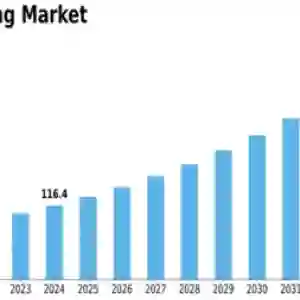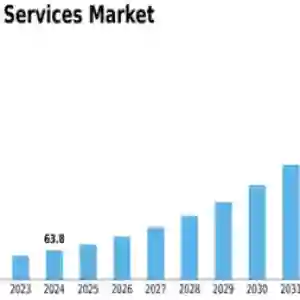Domestic aviation has become a key driver of growth for low-cost carriers, as travelers seek affordable options for short- and medium-distance trips. Increasing competition, technological adoption, and expanding infrastructure have fueled the rise of domestic budget travel. Airlines are continually adapting strategies to meet rising passenger expectations while optimizing operational costs.
A central focus is domestic low-cost airline strategies. Carriers are expanding networks to cover secondary airports, regional hubs, and high-demand city pairs. Strategic scheduling, optimized aircraft rotation, and fleet standardization improve operational efficiency while reducing costs. Additionally, loyalty programs, seasonal promotions, and targeted marketing campaigns help airlines attract and retain domestic passengers in competitive markets.
Operational efficiency is critical for domestic LCC success. Airlines employ rapid turnaround processes, predictive maintenance, and streamlined crew scheduling to minimize delays and maximize aircraft utilization. Standardized fleets reduce training and maintenance expenses, allowing carriers to focus resources on improving passenger experience. Efficient operations also enable frequent flights, making budget airlines more appealing for daily and business travelers.
Digital engagement strategies are increasingly important. Airlines utilize online booking platforms, mobile apps, and AI-driven customer service to improve convenience and responsiveness. Passengers can compare fares, book tickets, and manage itineraries seamlessly, enhancing satisfaction. Data analytics also enable airlines to forecast demand, optimize pricing, and adjust capacity to match seasonal and regional trends.
Government support and infrastructure improvements contribute to domestic market growth. Investments in regional airports, simplified route approvals, and airspace deregulation create opportunities for low-cost carriers to expand services. By leveraging these advantages, airlines can enhance connectivity, increase operational efficiency, and reach previously underserved markets.
Overall, domestic low-cost strategies are essential to sustaining market growth. By combining network expansion, operational efficiency, digital engagement, and regulatory alignment, airlines can capture rising passenger demand and establish strong footholds in domestic travel markets.
Top Leading Key Players
Ryanair (IE), easyJet (GB), Southwest Airlines (US), AirAsia (MY), JetBlue Airways (US), Wizz Air (HU), Spirit Airlines (US), IndiGo (IN), VivaAerobus (MX)
Table of Contents
SECTION I: EXECUTIVE SUMMARY AND KEY HIGHLIGHTS
SECTION II: SCOPING, METHODOLOGY AND MARKET STRUCTURE
SECTION III: QUALITATIVE ANALYSIS
SECTION IV: QUANTITATIVE ANALYSIS
SECTION V: COMPETITIVE ANALYSIS ........
FAQs
What is the current valuation of the Low-Cost Carrier (LCC) Market?
The overall market valuation was 203.16 USD Billion in 2024.
Which aircraft types dominate the Low-Cost Carrier (LCC) Market?
Narrow-body aircraft accounted for 121.89 USD Billion, while wide-body aircraft represented 81.27 USD Billion in the market.
How do distribution channels impact the Low-Cost Carrier (LCC) Market?
Online distribution channels generated 101.58 USD Billion, matching the revenue from travel agencies in the Low-Cost Carrier (LCC) Market.
Related Report:


